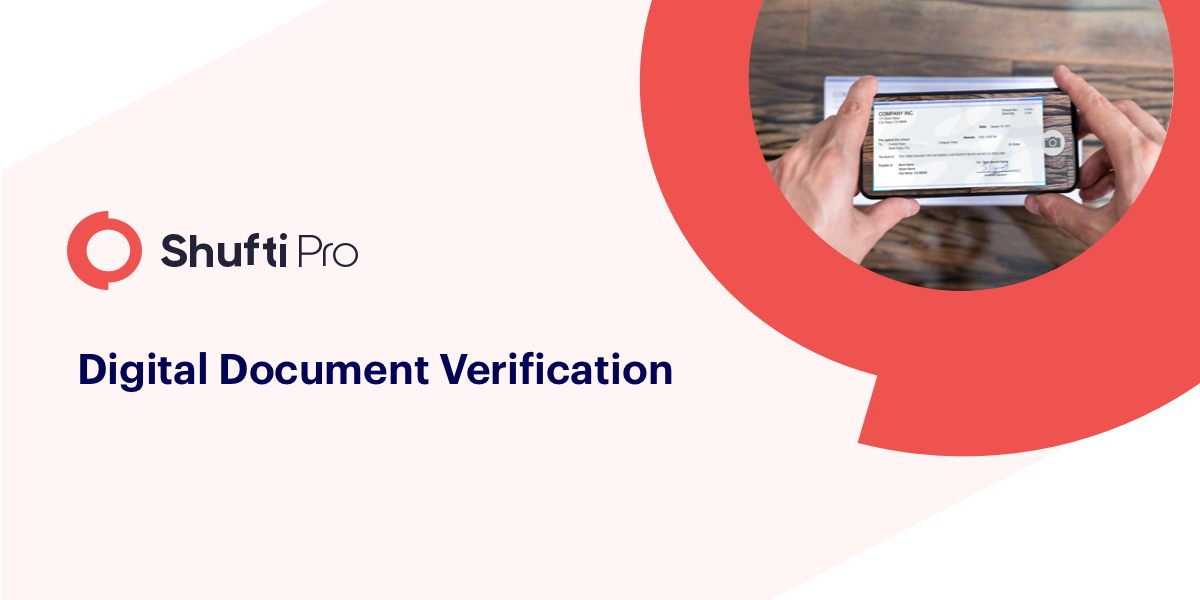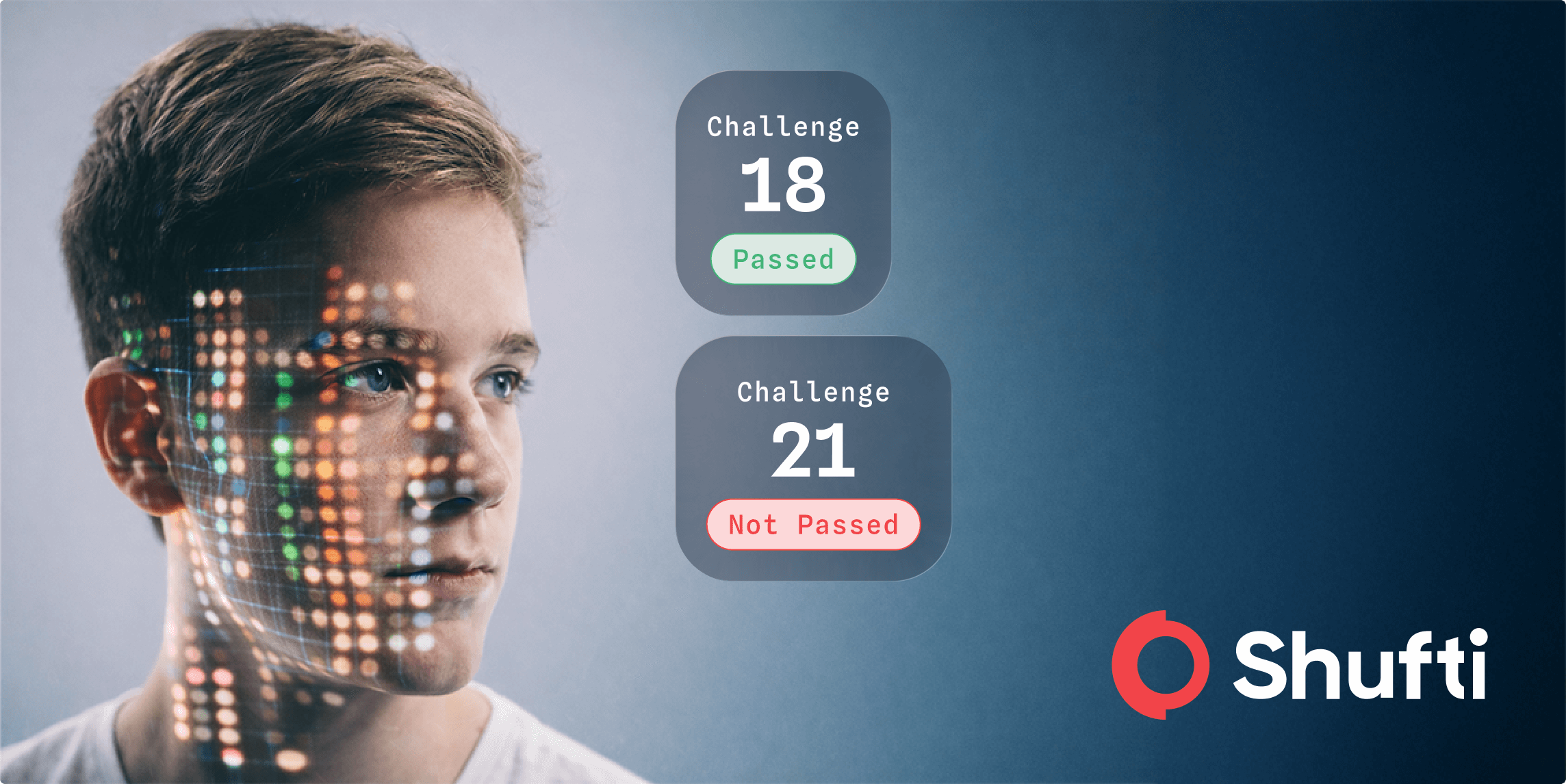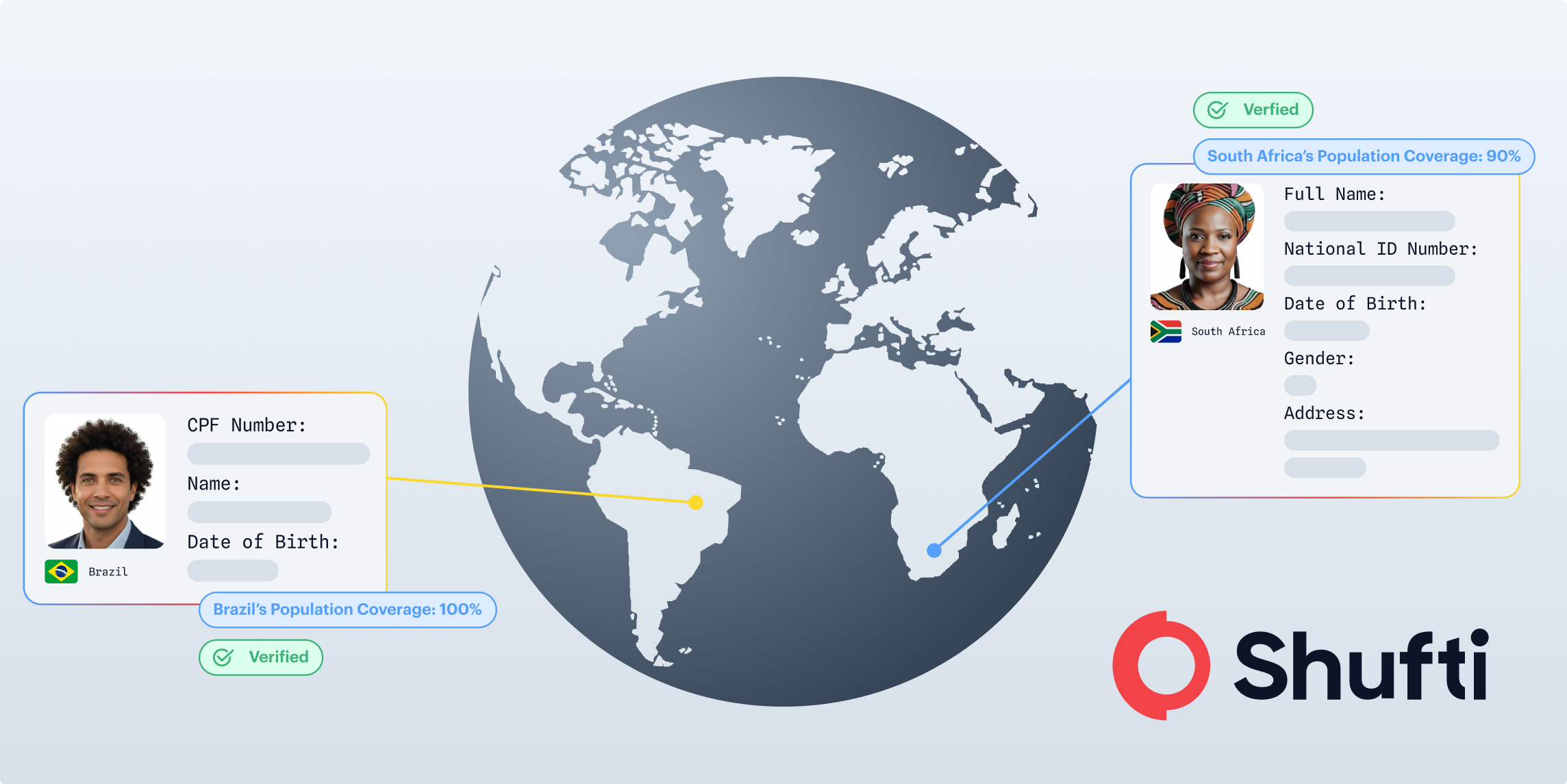Digital Document verification – an efficacious method of ID card scanning

Businesses, banks, airports, social media platforms, e-commerce stores all need to be sure of the identity of their users to manage risk and to fulfill their regulatory obligations. But fulfilling these obligations is not easy for all the entities, lack of resources, the effect on customer experience, and data security are common problems. Online document verification seems to be a suitable solution for all these problems. It fulfills the regulatory requirements and provides a secure and seamless user experience while practicing robust data security.
Is there a Need for Identity Verification?
False personation is the offense of assuming the fake identity of someone to obtain a benefit or cause harm to the other person. There are a number of ways a person can be impersonated. It can be as simple as developing a screen name that resembles the victim’s name then posting rude or hurtful remarks while pretending to be the victim, changing another person’s online profile to incorporate sexual or racist remarks or other inappropriate or unpleasant things, posing as the victim during a chatroom or on social media channels.
It’s illegal to impersonate someone or use their identity for any person and is punishable according to the local or federal law. In 1998, Congress passed the Identity Theft and Assumption Deterrence Act. This legislation created a new offense of impersonation or identity theft, which forbids “knowingly transfer[ring] or us[ing], without lawful authority, a means of identification of another person with the intent to commit or to aid or abet, any unlawful activity that constitutes a violation of Federal law, or that constitutes a felony under any applicable State or local law.” According to the United States Department of Justice, this offense, in the majority of the cases, carries a maximum imprisonment of 15 years’, a penalty, and confiscation of any personal property used or intended to be used for committing the crime.
Instances of identity theft are rising day-by-day. As per the reports of the Federal Trade Commission (FTC), in 2018, about 1.4 million cases of fraud took place, and in a quarter of them, people had lost money. The loss was reported to be about $1.48 billion.
Role of Document Verification in Impeding Fraud
To prevent the instances of crimes, financial regulatory authorities such as FATF, FinMA, FINTRAC, etc, have set up KYC and AML compliances that businesses are encouraged to adhere to. These regulations guide businesses to conduct proper due diligence of their customers. This is mostly achieved by properly analyzing customers’ documents to authenticate their identity and diminish the chances of fraud and scam. This KYC (Know Your Customer) procedure was mostly done with in-person by banks, financial institutions, government offices, or embassies. However, now thanks to technological advancement, the process is seamlessly done with the help of artificial intelligence-driven identity verification systems.
Now you can do business on your computer and mobile phone and the bank or business representative can ensure that you are who you say you are and your identity is not stolen.
How do the Digital Document Authentication Scan Documents?
The AI-based software is incorporated into the websites or applications of online businesses. When customers try to onboard themselves on the platform, the software requests them to take/upload a picture of their identity documents in real-time. The software detects the document and extracts relevant information from it using OCR technology. The data is analyzed by the software, which takes a few seconds, and the verification results are presented to the customer. If the information provided was accurate, the customer is allowed access into the platform and vice versa.
The verification is only done on govt-issued documents such as photo-based identity cards, passports, driver’s licenses, and bank-issued debit/credit cards. The software automatically rejects counterfeit or fake documents. Some of the fake types of documents that fraudsters and criminals mostly use are:
- Illegitimate documents: These documents are completely fake. They include characteristics like missing holograms or other set standards that are essential parts of a legitimate version of that document.
- False documents: This document genuinely belongs to another person and the fraudster tries to use it in an attempt to authenticate himself.
- Modified documents: This is when an ingenious document is altered. This is where the fraudsters change the font and writing style to manipulate the system.
Is Digital Document Verification really Effective?
The software can effectively differentiate between all sorts of fake, illegitimate, and counterfeit documents. The digital document verification is 98.67% accurate, much more than the traditional manual document verification. It also saves time and resources, allowing customers to verify themselves in the comfort of their homes and offices within a few seconds. The software is empowered to verify 3000 document types from all over the world. This enables it to validate customers having foreign documents from anywhere around the globe.
Many modern banks, financial institutions, e-commerce stores, airports, etc, are utilizing AI-powered identity verification systems to prevent instances of fraud and scam. This technology not only helps businesses authenticate customers but also enables them to comply with the financial regulatory authorities.










